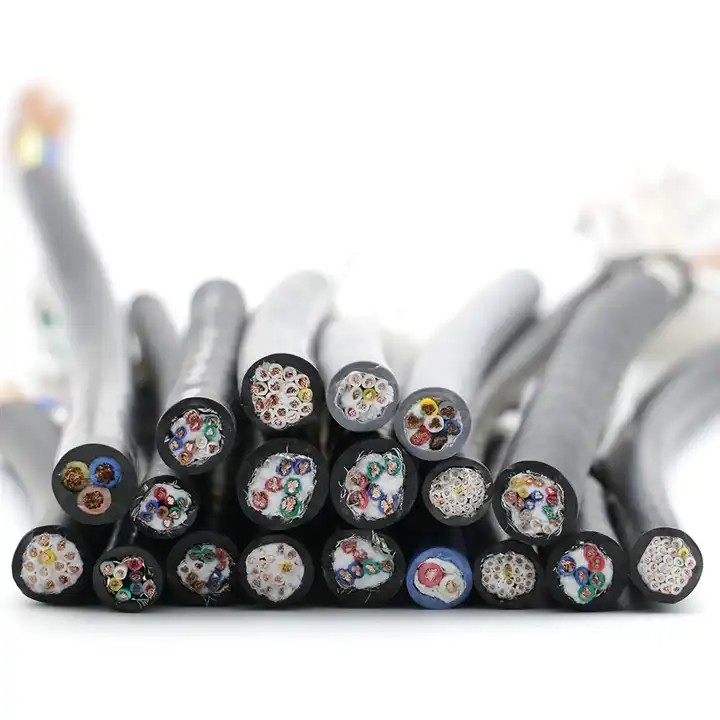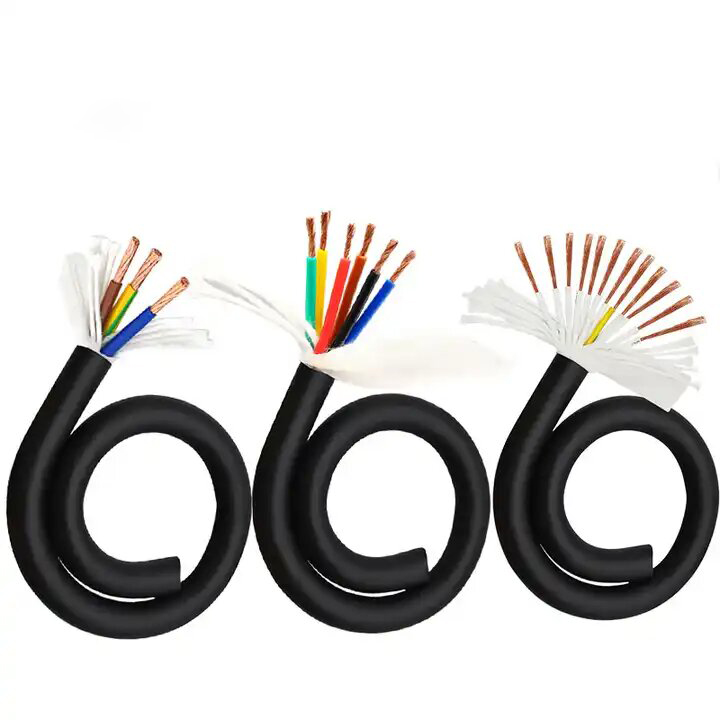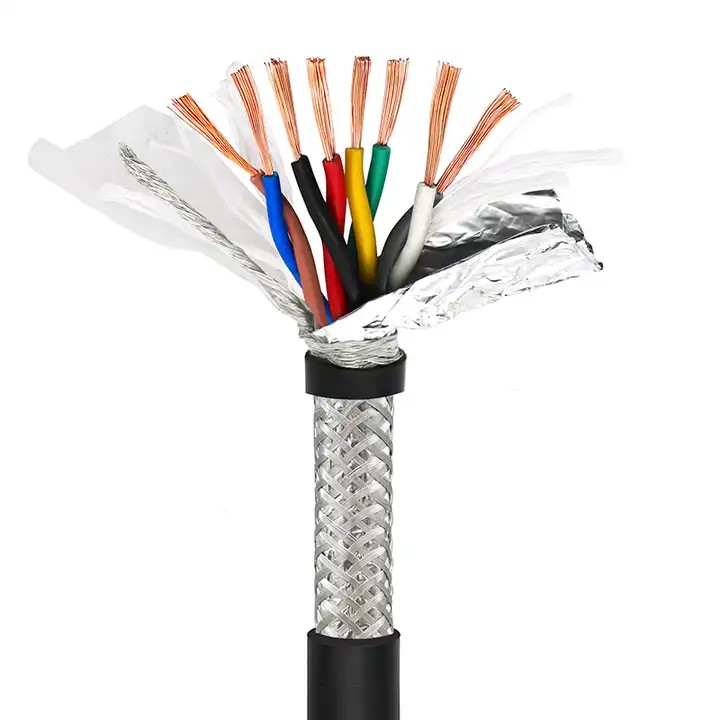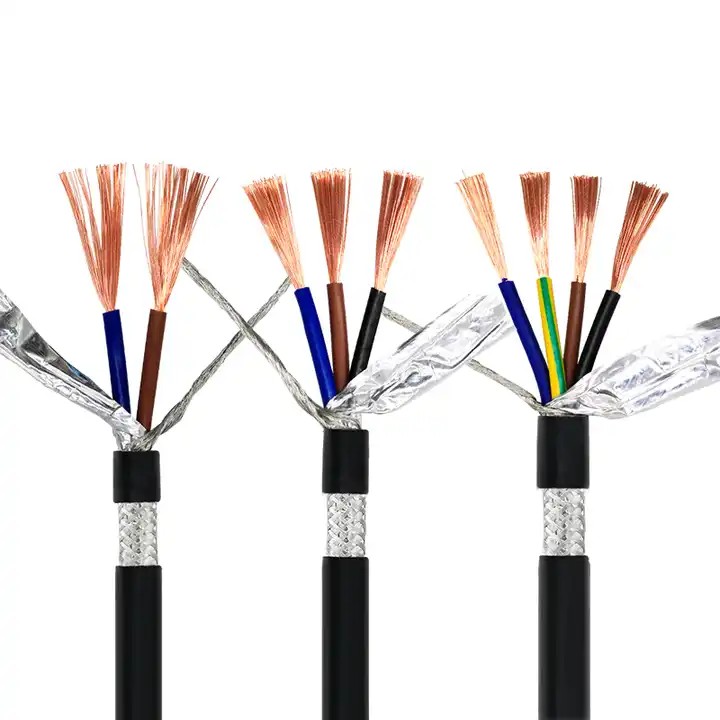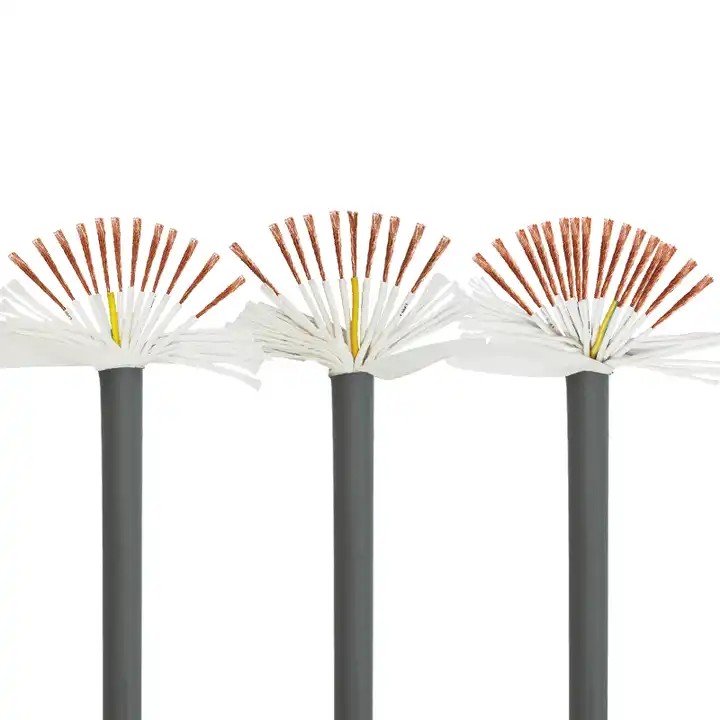Requirements for Using Drag Chain Cables
Published:
2024-09-20 11:24:57
our highly flexible drag chain cables, designed for seamless movement in industrial applications. Offering high flexibility and durability, our custom drag chain cables meet specific requirements for various environments. Enhance your automation systems with reliable, high-flex drag chain solutions today!
Drag chain cables are specially designed high-flexibility cables that can move back and forth within a drag chain without significant wear. These cables are widely used in industrial electronic systems, automated production lines, warehousing equipment, robotics, fire protection systems, cranes, CNC machine tools, and the metallurgical industry. To ensure the proper functioning and longevity of drag chain cables, users need to follow these requirements.
1. Proper Cable Layout
Cables must be loosely arranged in parallel within the drag chain to avoid friction and damage. It is advisable to separate the cables using spacers or by threading them through the empty spaces in the supports. The gap between cables in the drag chain should be at least 10% of the cable diameter. This arrangement reduces wear during movement and ensures flexibility and durability.
2. Regular Inspection and Replacement
If the drag chain breaks, the cables should also be replaced promptly. This is because a broken drag chain can lead to excessive stretching of the cables, resulting in unavoidable damage that compromises safety and reliability. Regularly inspecting the condition of drag chain cables can help identify issues early and take appropriate measures.
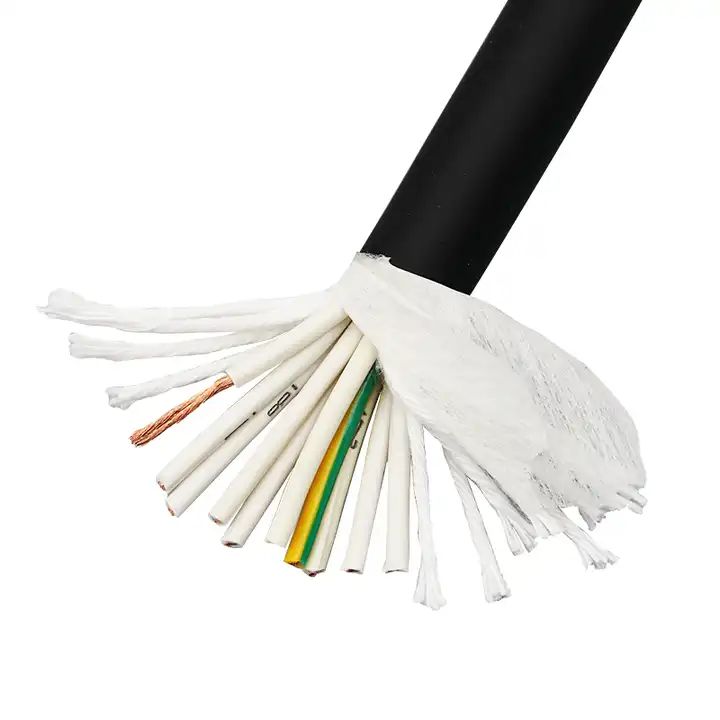
3. Fixing Cable Positions
Both ends of the high-flex drag chain cables must be fixed, especially at the moving end of the drag chain, to effectively reduce wear. Typically, the moving point of the cable should be 20-30 times the cable diameter away from the end of the drag chain to ensure flexibility and stability during movement.
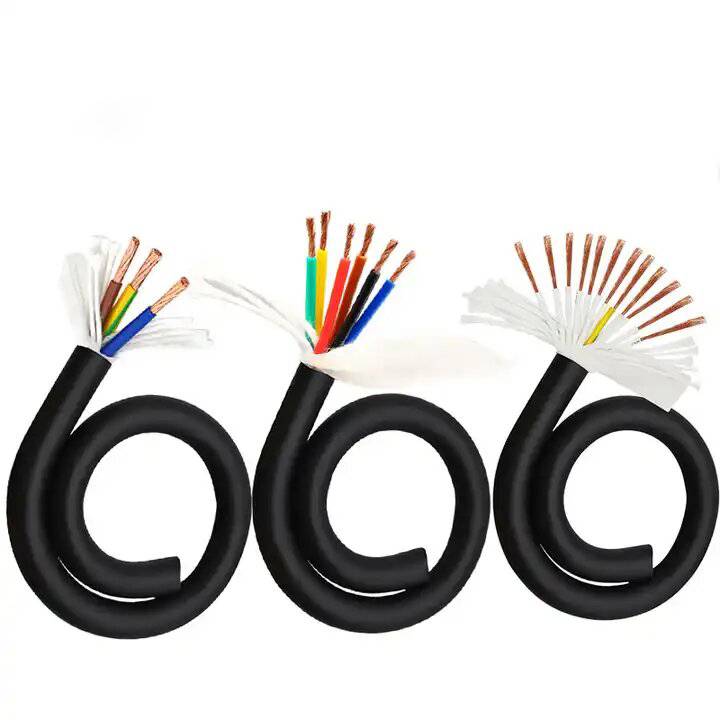
4. Attention to Cable Spacing and Bend Radius
Cables within the drag chain must not touch or tangle with each other. Users should pay attention to the minimum bend radius of the cables to prevent damage during operation. A bend radius that is too small may lead to the breakage of internal conductors, impacting the normal functioning of the equipment.
5. Choosing the Right Operating Environment
The operating environment for drag chain cables is also crucial. Users should avoid using high-flex drag chain cables in damp or high-temperature conditions to prevent oxidation of the cable sheathing, which can shorten its lifespan. Ensuring that cables operate in suitable temperatures and humidity levels significantly enhances their durability.
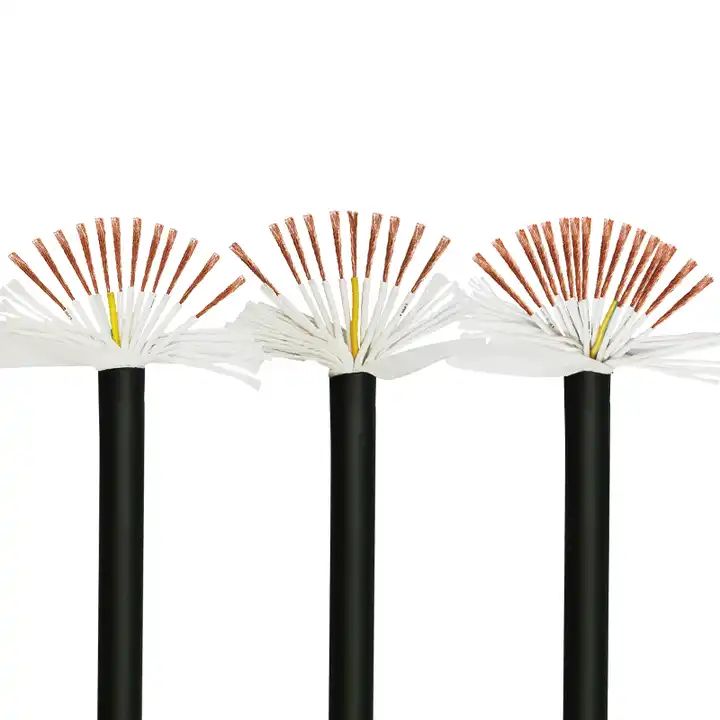
Conclusion:
Following these requirements can effectively improve the efficiency and lifespan of drag chain cables. Proper layout, regular inspection, replacement, fixing, and attention to the operating environment are all key factors in ensuring the normal functioning of drag chain cables. Through good maintenance and management, users can maximize the performance of drag chain cables, providing strong support for industrial automation.


